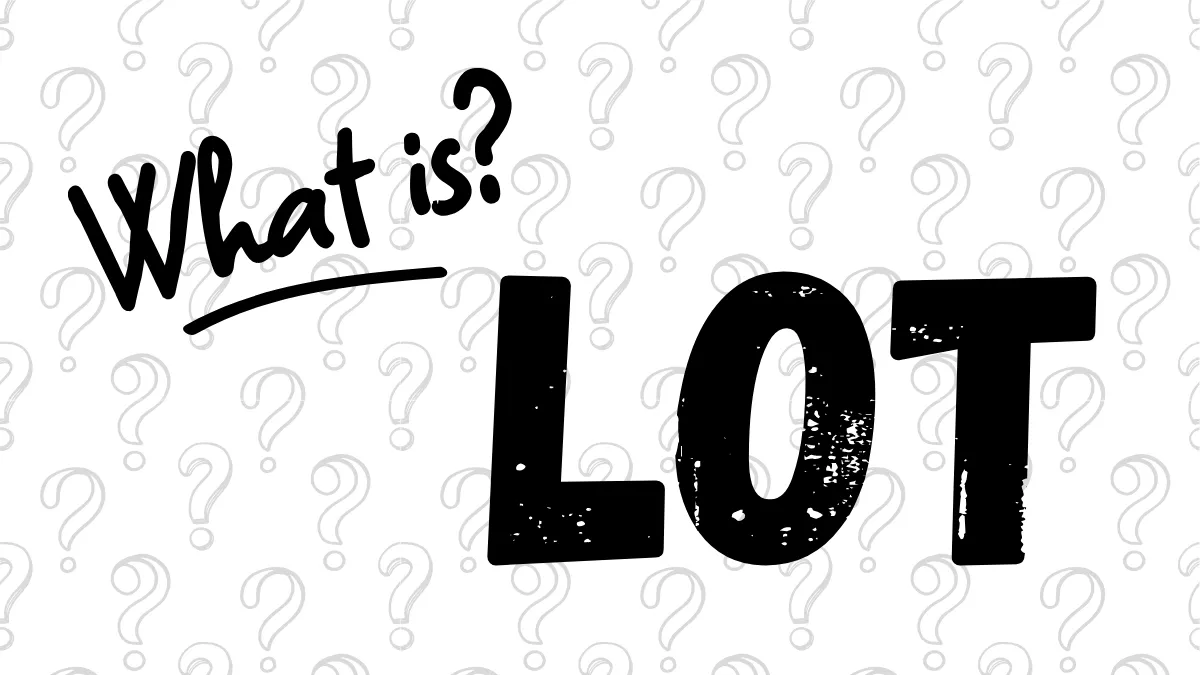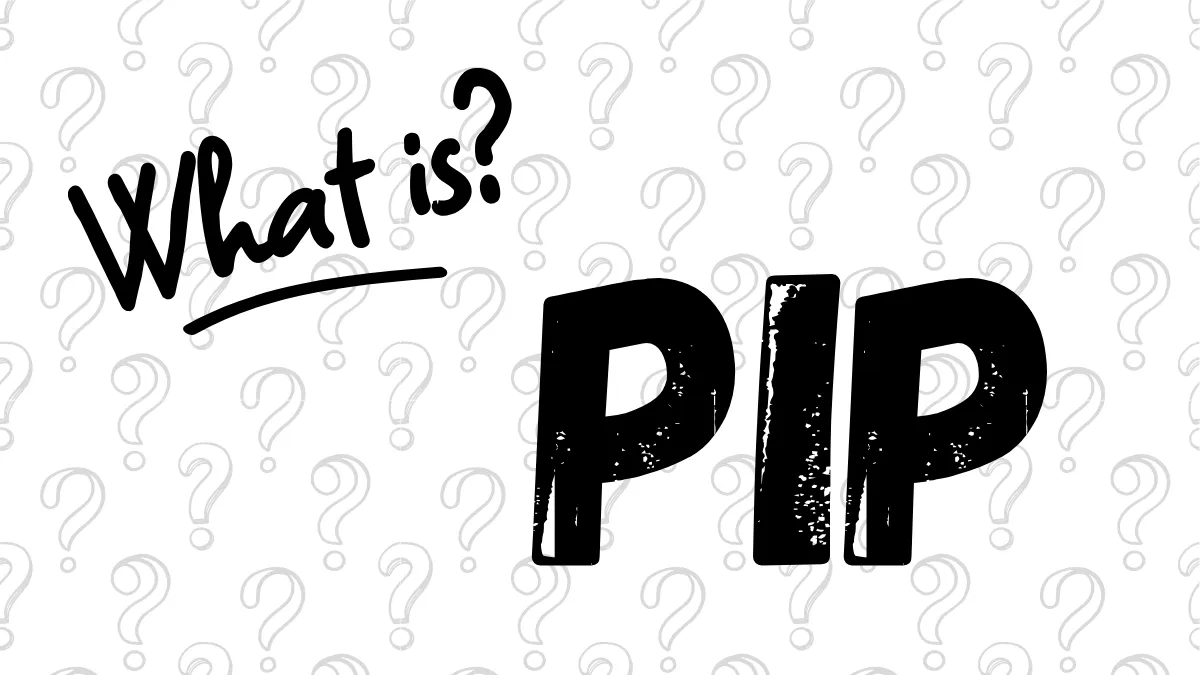What is "Lot Size" in Forex Trading? How Does It Affect Your Risk and Profit & Loss
IntroductionWhen learning forex trading, besides deciding which currency pair to buy or sell and at what price to enter or exit, there is another crucial decision to make: "How much quantity do I want to trade?"
This trading quantity is standardized and measured in the forex market by the "Lot Size".
Choosing the appropriate lot size directly relates to how much potential profit your trade can generate, and more importantly, it directly affects the level of risk you may face.
Incorrect lot size selection is one of the main reasons many beginners lose money quickly.
This article will help you clearly and simply understand what lot size is, the common lot size units, and how it profoundly impacts your trading results.
1. What Exactly is a "Lot" (Lot Size) ? The Standard Unit of Trading Quantity
Simply put, "Lot Size" is a standard unit used to measure the scale or contract quantity of a single forex trade.When you place an order to buy or sell a currency pair, you don't say how many "units" or how much "money" you want to trade, but rather how many "lots".
One lot represents a specific amount of the base currency (the first currency in the currency pair).
2. Common Standard Lot Size Units
Although trading platforms may allow you to enter more precise numbers, the most common and essential lot size units in forex trading are the following three:- Standard Lot:
Represents 100,000 units of the base currency.
For example, trading 1 standard lot of EUR/USD means you are buying or selling 100,000 euros.
This is the traditional unit commonly used by institutional traders and is relatively large for most retail traders. - Mini Lot:
Represents 10,000 units of the base currency.
Equivalent to one-tenth (1/10) of a standard lot.
Trading 1 mini lot of EUR/USD means buying or selling 10,000 euros. - Micro Lot:
Represents 1,000 units of the base currency.
Equivalent to one-hundredth (1/100) of a standard lot or one-tenth (1/10) of a mini lot.
Trading 1 micro lot of EUR/USD means buying or selling 1,000 euros.
(Note: Some brokers may also offer smaller "Nano Lot" units, representing 100 units, but micro lot is currently the smallest standard unit most commonly used in the retail market.)
3. How Does Lot Size Determine "Pip Value"? (Very Important!)
This is a key relationship you must remember: the lot size you choose to trade directly determines the profit or loss amount (the pip value) your account experiences for every one "pip" movement in the market exchange rate.Although the exact pip value varies slightly depending on the quote currency, we can remember some common approximate values denominated in USD to help understand the significant differences:
- Trading 1 standard lot (100,000 units), each 1 pip movement in the exchange rate results in approximately $10 profit or loss.
- Trading 1 mini lot (10,000 units), each 1 pip movement results in approximately $1 profit or loss.
- Trading 1 micro lot (1,000 units), each 1 pip movement results in approximately $0.10 (10 cents) profit or loss.
Core Concept: The larger the lot size, the higher the value per pip.
This means the potential profit margin is greater, but at the same time, the potential loss risk is proportionally amplified!
4. Lot Size and Risk Management: Controlling Your Risk Exposure
Once you understand the relationship between lot size and pip value, it becomes clear why choosing the appropriate lot size is one of the most critical aspects of risk management.If your account balance is small but you choose a large lot size (for example, trading a standard lot directly), even a few pips moving against you can cause losses that represent a large portion of your total account balance, putting you under significant pressure and possibly triggering margin calls or forced liquidation.
Conversely, if you choose a smaller lot size (such as a micro lot), the same pip movement will have a much smaller impact on your account balance, allowing you to withstand greater volatility and increasing your chances of surviving market fluctuations and learning from mistakes.
Professional traders use "position sizing" or "position size calculation" methods to precisely calculate the appropriate trading lot size based on their account balance, the percentage of risk they are willing to take per trade (e.g., 1% or 2% of the account), and the set stop-loss distance.
For beginners, the simplest principle is: start small.
5. Which Lot Size Should Beginners Use?
For risk control reasons, we strongly recommend forex beginners start practicing with the smallest lot size unit, which is the "micro lot".If your initial capital is relatively large and you have a certain understanding of risk, you can consider using the "mini lot".
Why start with micro lots?
- Low-risk learning: Each pip's profit or loss is only about $0.10, so even if you make mistakes, the losses are relatively small and won't significantly impact your principal.
- Lower psychological pressure: Smaller profit and loss fluctuations make it easier to stay calm and focus on learning trading strategies and market analysis, rather than being driven by fear or greed.
- Gradual adaptation: Once you are familiar with the trading process and can consistently control risk, you can consider gradually increasing your lot size according to your capital growth.
It is absolutely necessary to avoid trading "standard lots" directly during the beginner stage, especially when you do not have sufficient understanding of the market and risk.
6. How to Set Lot Size on a Trading Platform?
When placing orders on your trading software (such as MT4 or MT5), there is usually a field called "Volume" or "Quantity".You need to enter the lot size you want to trade here:
- Entering 1.0 usually represents 1 standard lot.
- Entering 0.1 or 0.10 usually represents 1 mini lot.
- Entering 0.01 usually represents 1 micro lot.
(Specific input methods depend on the platform you use, but the principle is the same.)
Conclusion
"Lot Size" determines your trading scale and is one of the most direct and important tools for controlling forex trading risk.It directly affects the value of each pip, thereby determining your potential profit and loss range.
For beginners, understanding the differences between various lot size units (standard lot, mini lot, micro lot) and consistently starting with the smallest micro lot is a key step to protect yourself from huge losses and to learn steadily.
Be sure to try placing orders with different lot sizes in a Demo Account to personally experience how they affect your account balance differently, preparing you well for live trading.
If you found this article helpful, feel free to share it with your friends.
Let more people learn about Forex trading knowledge together!
Let more people learn about Forex trading knowledge together!





